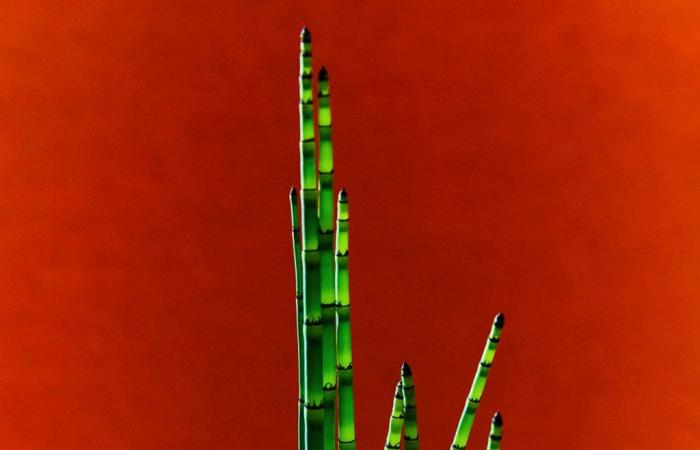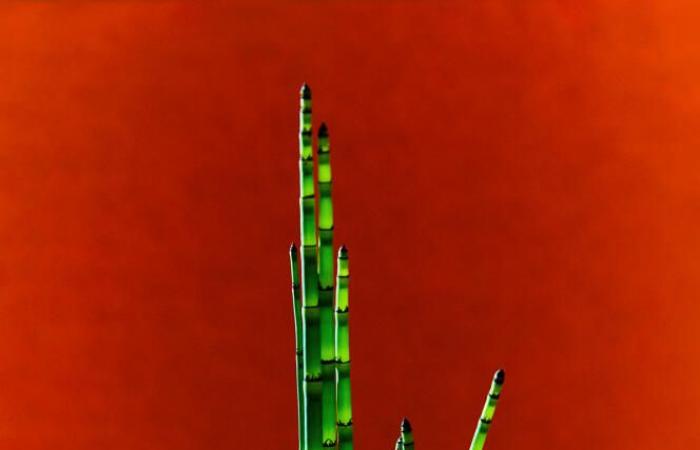Rnothing stops him. Neither the ice (it can withstand temperatures of −10°C), nor the wind (it trembles but does not break), nor the passage of time. winter riding known as Japanese horsetail, was already common at the time of the dinosaurs. “It is one of the creeping plants, its rhizome branches underground, emerges a little further and colonizes the space, explains Nicolas Verron, production manager at the Terre distante nursery (Loire-Atlantique). Which can hold back customers. » One of them even told him that his specimen had succeeded in lifting the low wall in front of him.
Connoisseurs plant it in a container or contain it with a system of anti-rhizome barriers. So they can enjoy all the aesthetic sobriety ofHorses in winter. That is to say, a silhouette reduced to a vertical minimum. The leaves of the Japanese horsetail are almost invisible, and its flower, if it appears, is reduced to an ephemeral blister.
Horses in winter looks like a large, intensely green telescopic straw that likes to wade in the water and move forward in a quadrille. Very sociable, it manages to quickly form a dense and well-ordered population. Bunches of Japanese horsetail have become a must-have in Zen minimalist gardens. Associated with the plants that it meets on the edges of banks, ponds and wetlands, horsetail can also be found in bouquets.
Ekaterina Kuleshova, an ikebana teacher in Paris, recreates aquatic landscapes by placing it in a small bowl, alongside ferns, irises or arums. But the plant can also leave its comfort zone. Simply slide an iron wire into its hollow stem to “fold it, shape it”, make squares and clear shapes, explains the professor. The floral arrangement becomes more modern, architectural.
The teacher advises adding contrast, drawing inspiration from the rules of Japanese floral art. To balance her green line, she adds the roundness of a rose, the mass of a chrysanthemum flower or a sunflower. It can also compare its verticality to the flat surface of a very red Japanese maple leaf, “for energy”.
Preferred area Terraces, balconies, banks, under gutters.
Bloom Discreet in spring, it consists of the appearance of small pale yellow spikes at the ends of female plants.
Interview Minimal. It involves cutting the broken stems.
Aime Relax in the sun.
Don’t like Have dry feet.
Find here all our columns dedicated to floral art.







